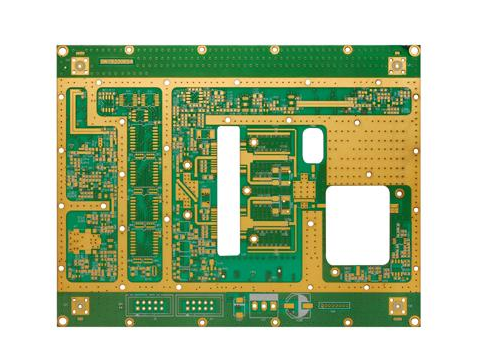PCB board oxidation resistance is an organic film (DSP) coated on the designated metal surface (hole and board) to prevent oxidation. GlicoatSMDLF2 is one of them, which maintains its weldability through the thermal cycle of the metal surface of the printing plate formed by the chemical reaction of its active ingredients with the copper surface.
process
Oil removal - micro erosion overflow water washing - overflow water washing two - pickling - pressurized water washing one - pressurized water two washing - clean water - pressurized water three -DI washing - wind knife water washing - overflow water three - overflow water four -DI washing - strong wind dry - hot air dry

Oil removal: remove surface residue, oil and copper surface oxidation layer, activation of copper surface.
Pickling: further remove the copper powder from the surface and prevent reoxidation of the activated copper surface.
Anti-oxidation leaching: In order to form anti-oxidation film on the surface and in the hole, the leaching type is better than the spraying type. The anti-oxidation film with thickness between 0.15-0.25um can be obtained by leaching at 40 degree Celsius for 60-90s. If the concentration, PH, temperature, immersion time and other parameters are within the normal range, and the film thickness is not enough, it is necessary to add A supplementary solution to adjust, F2 potion can be used without dilution. The transfer shaft shall be made of lightweight material.
PCB proofing anti oxidation process control
1, PH value is an important factor to maintain the film thickness, so every day should be measured, with the PH value increases the film thickness thickening, with the PH value decreases the film thickness deviation, if the PH value is too high, there will be crystallization. Due to the evaporation of acetic acid and the introduction of water, the PH value tends to rise, so acetic acid needs to be added to adjust, and the PH value should be controlled between 3.80 and 4.20.
2, in order to keep the thickness of the film in the range, should maintain the concentration of active ingredients between 90-110%, too high is easy to appear crystallization.
3, the film thickness should be maintained between 0.15-0.25um as far as possible, lower than 0.12um can not ensure that the copper surface is not oxidized in storage and thermal cycle, but more than 0.3um is not easy to be washed off by flux and affect the tin performance.
4, the parameters in normal circumstances, if the thin film thickness to be partial to A, can add appropriately supplement fluid supplements should be slowly adding A join, otherwise there will be A star on the surface of the liquid dot point, this is the precursor solution crystallization and other reasons can cause high crystallization such as PH, concentration is too high, and therefore should be regularly to observe and adopt measures to prevent it.
5, in a long time not working state, the anti-oxidation cylinder after the water roller is easy to crystallize, so in the downtime of the application of a small amount of water spray water roller to wash off the residual of F2 potion, in addition to the extra roll should be prepared for replacement, otherwise it will be due to the use of roll too long and easy to appear on the board roll marks.
6, due to the use of acetic acid in F2 potion, it is necessary to be equipped with exhaust device, but excessive exhaust will cause excessive evaporation and the concentration of the potion is too high, so when the system stops working, the exhaust should be closed and ensure the sealing between the gaps.